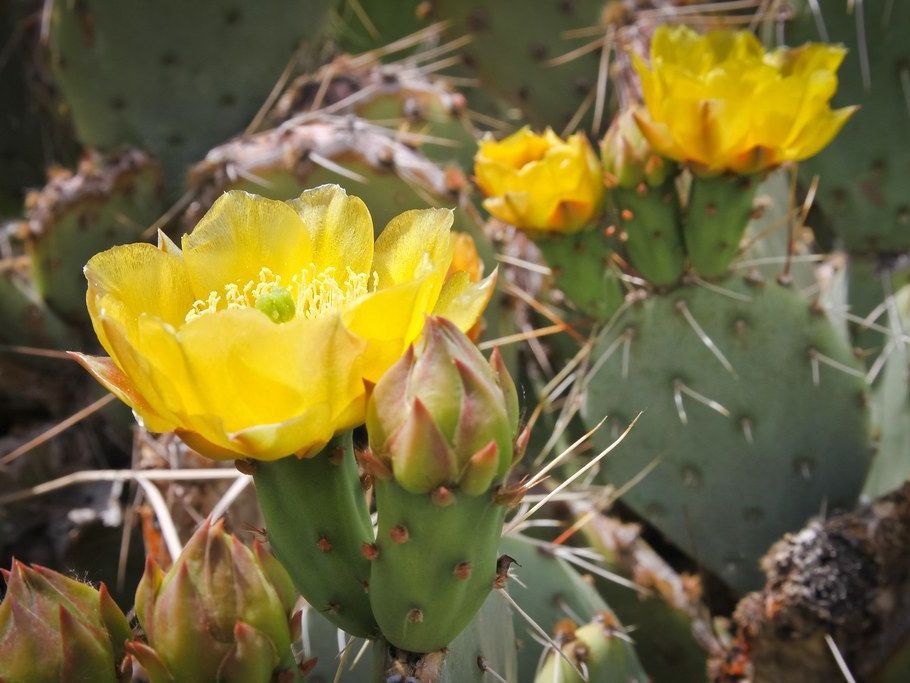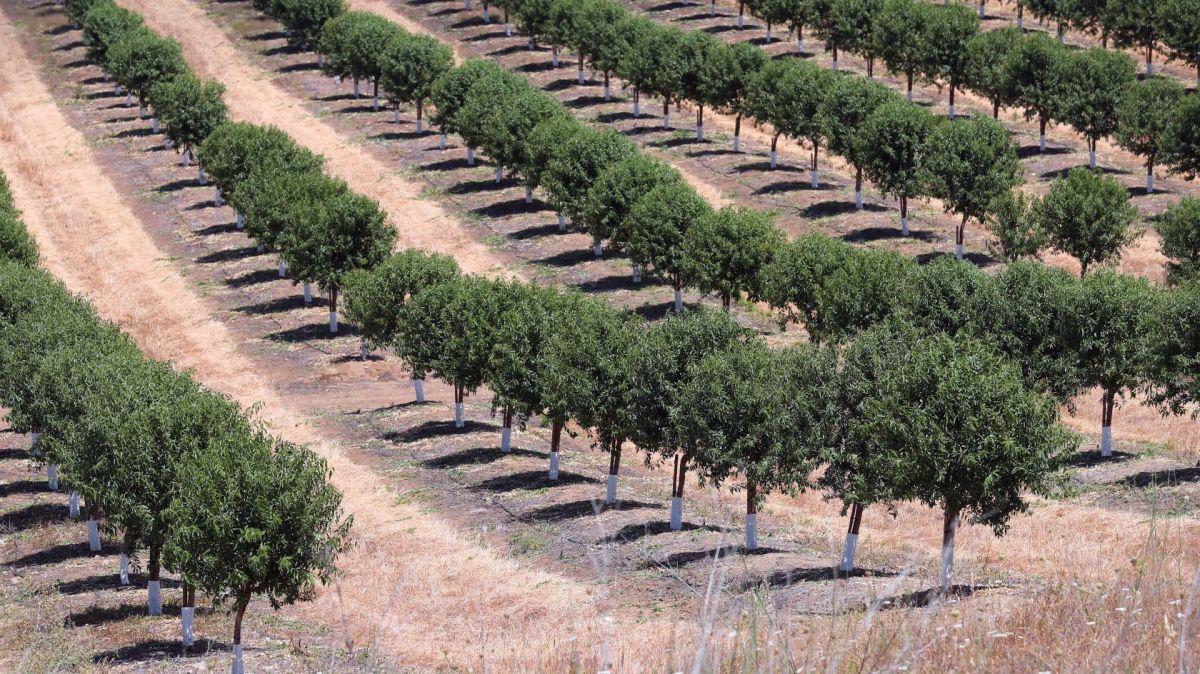After months of patient care, tending to the land, nurturing the plants, and trusting nature’s rhythm, harvest season is finally here - and it’s full of promise.
From August through early September, the Portuguese sun ripens the prickly pear - known locally as figo da Índia - into glowing gems of red, orange, or even deep purple. While the first flowers appear as early as May, the fruit takes several months to reach perfection. In regions like the Alentejo, some producers even harvest at night to escape the intense daytime heat.
“There’s something hopeful about harvest time,” says Pedro. “Each fruit has a destiny - on someone’s plate, in a bottle, or as part of something completely new. That’s exciting.”
But harvesting this vibrant fruit is no simple task. Ripe pears show no green at their tips and come away with a gentle twist - but only if you’re well-prepared. At PCactus, safety is key. Pedro’s team wears protective clothing, gloves, and uses tongs, carefully collecting the fruit while respecting the surrounding wildlife. Some are always left behind - a quiet thank you to nature.
Once gathered, the real magic begins. The fruit is sweet, earthy, and subtly floral - with hints of watermelon and bubblegum. Delicious chilled, tossed in salads, or blended into smoothies and cocktails, it’s as versatile as it is beautiful.
Beyond the fresh fruit, value-added products are transforming prickly pears into gourmet delights:
- Condesa Gin pairs prickly pear with orange blossom for a floral, fruity twist.
- Encosturas Liqueur blends the fruit with notes of banana, chamomile, and nuts.
- Opuntia spirits offer a bold, tequila-like flavour unique to the cactus world.
- Even the pads (nopales) are harvested young for use in stir-fries and savoury dishes.
So next time you visit your local market, look out for figos da Índia - and remember Pedro at PCactus, whose passion brings Portugal’s most resilient fruit to life.
By Debra Cunha












